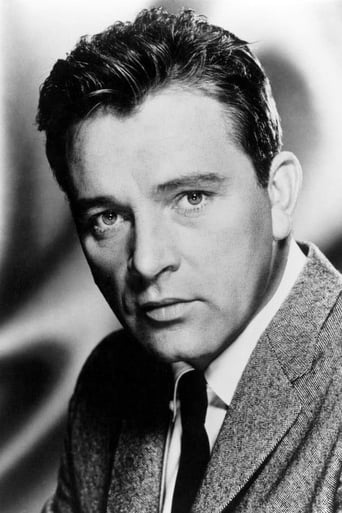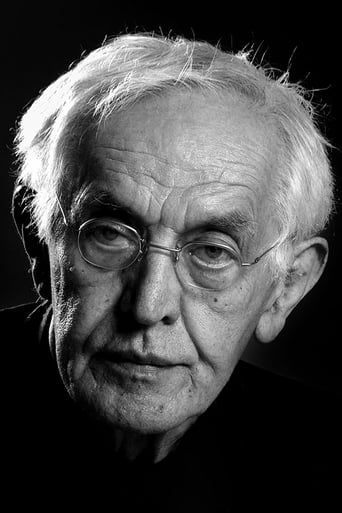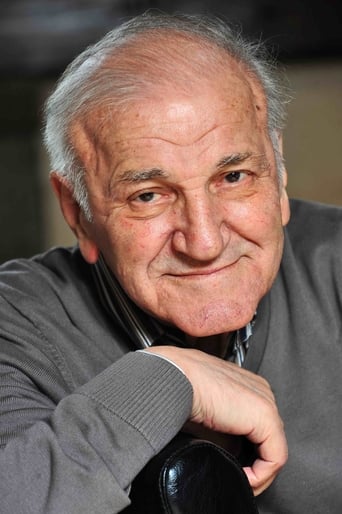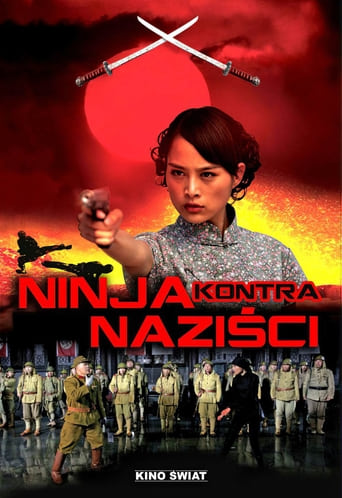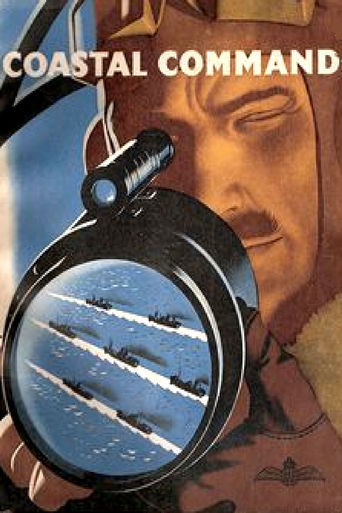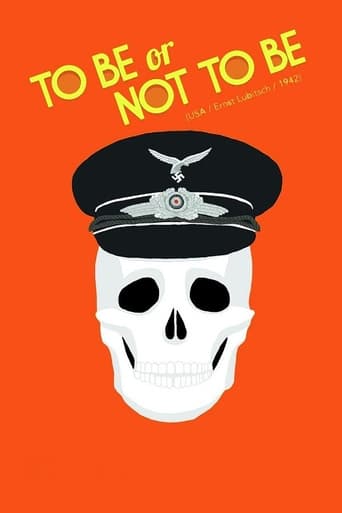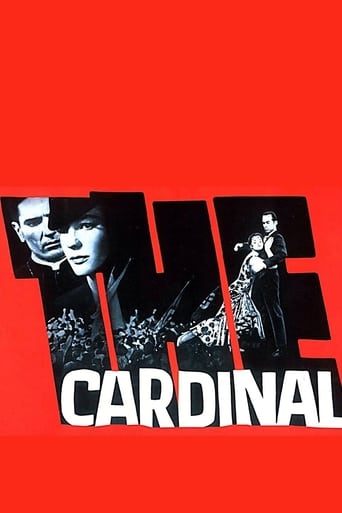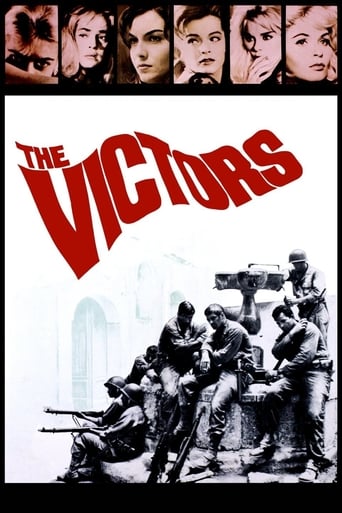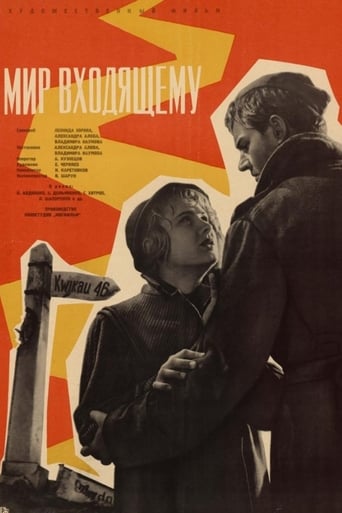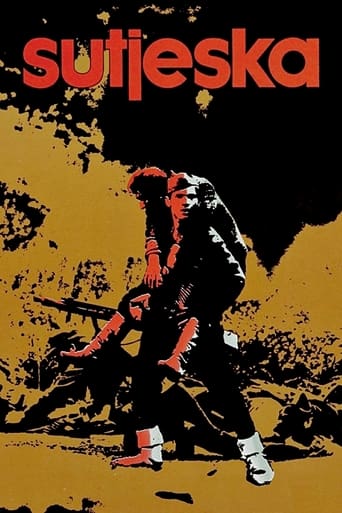

The Battle of Sutjeska (1973)
The headquarters of the Marshal Tito's Liberation Army are surrounded by Axis forces. The Partisans have no choice but to fight their way out of the encirclement and face the enemy on the plains of Sutjeska.
Watch Trailer
Cast
Similar titles
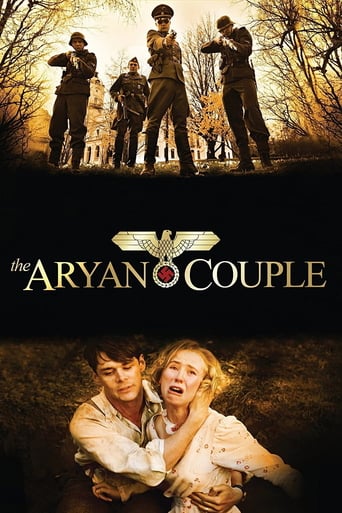
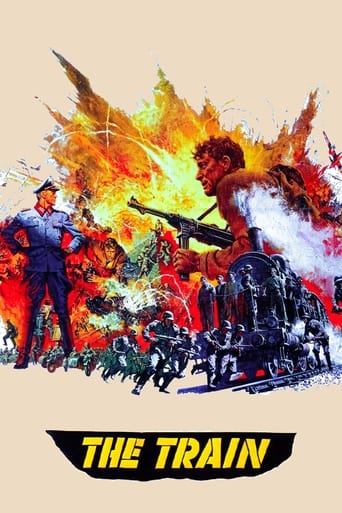
Reviews
Overrated and overhyped
everything you have heard about this movie is true.
if their story seems completely bonkers, almost like a feverish work of fiction, you ain't heard nothing yet.
It’s not bad or unwatchable but despite the amplitude of the spectacle, the end result is underwhelming.
Good but not great sequel to the much slicker and more entertaining "Battle of Neretva". This one has fewer international stars, just Richard Burton as Tito (!), Irene Papas in a throwaway role, and a few recognizable German actors like Gunter Meissner and Anton Diffring. The bulk of the cast are Yugoslavian actors, many of whom were also in Neretva but I assume played different characters (one guy got shot at least 5 times by a Chetnik in Neretva but here he seems just fine). It's not exactly a sequel, but presents the logical next big event after the Neretva battle, and the cinematographer and military supervisors are the same.The Pro's: Lots of breathtaking scenery in the high-altitude national parks of the Balkans (which are historically where a lot of the battle really took place). The music by Mikis Theodorakis (Serpico) is excellent. There are numerous battle scenes with lots of pyrotechnics... around a dozen German planes flying in formation (the air attacks are the high points) and 3 mock-up Tiger tanks (though obviously T-34s underneath). Good, sincere performances on the part of most of the actors.The Con's: Burton seems to sleepwalk through his performance it's so congratulatory to the glory of Tito (who was still alive at the time this movie was made) that it's dull-as-dishwater to watch. He has no personality or character beyond an obsession for taking care of the wounded. The directing is barely adequate with a lot of the dialog flatly staged and uninteresting. The scope is a lot less comprehensive; the Italians and NDH are barely alluded to. The final battle is a ridiculous steamroll over the evil (but inept) Germans.Here comes to one of my pet peeves in war movies: idiotic portrayal of the German army. They are more like zombies than soldiers, marching forward firing 'Revolutionary War'-style with no semblance of tactics involved. And when their comrades die the other soldiers continue walking like nothing happened, and their "strong points" don't seem too terribly well (or enthusiastically) defended. Although the officers are played by Germans, the bulk of the enlistees look very Slavic, and it's hard to forget that you're watching Yugoslavians play Germans.The English version curiously has the Germans speaking (dubbed) German but not subtitled... which nearly spoils possibly the best scene in the movie where the Germans kill a Partisan's son (he lost all 4 of his others previously in the fighting). One soldier raises his MP40 to kill the father, but then his sly-looking NCO holds him back and says something to the fact like "let him live, it's worse punishment for him". That scene, for me, made it all worthwhile. However, the English version is missing the scene where the Germans massacre the 6,000 (mostly wounded) Partisans that Tito left behind.Would be a nice DVD to pick up, but only if uncut and widescreen.
The Axis gathered 127,000 soldiers and over 300 airplanes against 18,000 soldiers of Yugoslav National Liberation Army(partisans) with only one goal, to destroy partisan HQ and kill or capture the partisan leader Tito. I live in Bosnia that was part of Yugoslavia and here we used to take some things granted when it comes to WWII movies that were made in former Yugoslavia. Most of us who are now age 30 and above, remember the history lessons from our schools when we had to learn all about the Axis offensives against partisans. Regarding Sutjeska (the movie), the first choice for director of this movie was Veljko Bulajic who directed the Battle of Neretva, however he gave up on the project since he disagreed with the producers and even with Tito. Veljko Bulajic did not want to make a movie that would varnish the history and turn a partisan defeat(both moral and tactical) into a total victory. Director of Sutjeska Stipe Delic acted as a craftsman and directed the movie as ordered by the regime. The photography in this movie is outstanding and most of scenes were shot at authentic locations. Characters are well played by at the time standard A class Yugoslav actors. Richard Burton plays Tito, just for the sake of the foreign audiences. The battle scenes are very realistic and even up to modern standards and together with amazing scenery and already mentioned photography make this movie worth watching .The movie does show critical moments from the actual battle, and is fair enough to show that escape of the partisan HQ was possible only if certain units (whole partisan brigades) were sacrificed to the Axis.It is true that breakthrough was made easier because certain partisan commanders disobeyed direct orders and kept antitank guns and mortars, symbolically presented in this movie by characters played by Ljubisa Samardzic and his sidekick. Regarding the portrayal of the Axis soldiers in this movie, it is realistic, they are showed as the cold blooded, sadistic killers and they actually got orders to behave like that before the battle. Again, too bad that this movie lacks certain amount historical integrity and it could have been shot by more inspired director. Hence, if you are to watch this movie consult Wikipedia, search for "Fifth enemy offensive" or "Sutjeska offensive" get informed about real historical events and then press play on your remote control unit.
The film takes place in 1943, when the Germans make a last effort to destroy Tito and his partisans in the Balkan mountains. The battle scenes are pretty well made - although it's clearly the same 5 or 6 fighter planes that keep attacking the partisans throughout the whole movie. The movie's weakness is the characters (!) - the partisans are all heroes who die in the arms of their friends and lovers, and the Germans are all Germans as we know them from so many Hollywood films - speaking german with an evil nazi accent and only thinking about vengeance and destruction (they might as well be zombies or vampires!). We never really get to know anybody, apart from general Tito who is portrayed as a saint (he was still alive when the film was being made) by Richard Burton, the only star in the film. It is refreshing to see a WWII film where it's not american G.I's slaugtering nazi's. The heroes in this movie are communists with red stars on their caps fighting for their country. Too bad it's such a poor script, there is a lot of goodwill here, and it could have been a very exciting and different film about the dark years of Europe.
This 1973 rather sad and gripping World War2 story takes place in former Yugoslavia. Though close to being too "patriotic", showing the people of Yugoslavia:s sacrifices and struggle against diabolic Germans, the movie is quite realistic. We follow supremecommander Tito, rather well-played by Richard Burton, who leads the Yugoslav forces. Tito is shown as a peoples man who fights together with his people and helps the wounded. As usual the story base upon the not to original "good guy/bad guy" idea. In this story the good thing is that it is not the US or English army that act as good guys - but the partisan army. The film is not the greatest I have seen, and as a WW2 drama I can only recommend it for the rare opportunity of following another army than the US or English.
